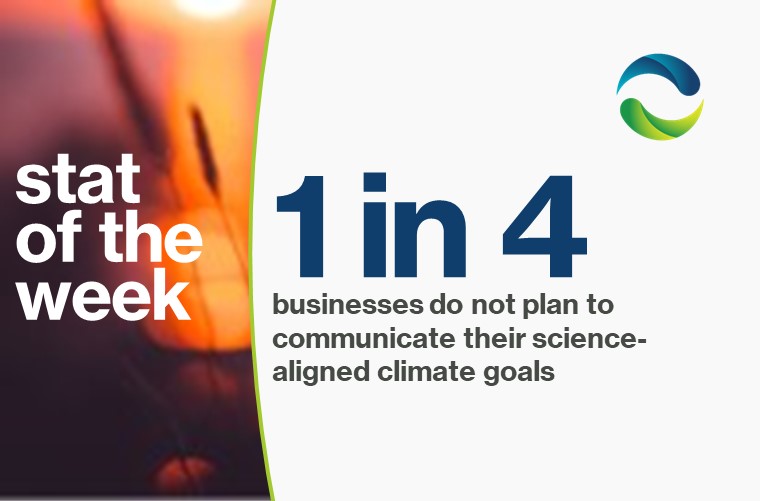The World Economic Forum and Accenture recently released a new study modeling and analyzing the financial and environmental impacts of optimizing vehicle life cycles using a circular economy approach. By moving to a vehicle value chain that is fully circular, the industry could achieve massive emissions reductions—up to 75% emissions reduction, consistent with Paris Agreement reduction goals for 2030—and divert both valuable materials and waste from landfills. The study found that a shift to a fully circular value chain could increase overall profitability by 50% and tap into revenues that are 15 to 20x higher than the car’s sales price.
The term circularity has become one of the latest buzzwords in the ESG space and seems to have many definitions. But what does it actually mean? The circular economy concept refers to a system that decouples economic activity from use of finite resources. We currently operate in a linear economy; we create, sell, use, and dispose of products with little-to-no recapture of existing value or material. The circular economy would hinge on three principles: designing out waste and pollution, keeping products and materials in use, and regenerating natural systems.
Many companies are taking early steps toward circularity—often in the form of educational campaigns to tell consumers how to properly recycle or dispose of products, or programs that offer recycled-content versions of traditional products. While these steps are promising, they are only the tip of the circularity iceberg.
So what would movement toward a truly circular economy look like? Let’s take a closer look at vehicles. A “circular” car would have completely maximized materials efficiency. This vehicle would produce no emissions, no waste, and no pollution during production, use, or disposal. Largely achieved through early changes to manufacturing and design, since over 80% of a product’s environmental impact is decided during the design stage, these circular vehicles would also be completely modular. While shifting to modular design would initially present a cost increase, it would enable profits of 1.5 to 4x through repairs, and profits of 2 to 5x during recycling and end-of-life processing. Beyond design and production, a fully circular vehicle value chain would offer sale, but also emphasize leasing, rental, and “as-a-service” use options to maximize the amount of efficient use of each vehicle. Finally, nearly all components of the car would be reused and recaptured at the end of its life, and the cycle would start again.
Circularity is already coming into play in other industries too. PepsiCo, in order to meet a 2030 target of producing 50% recycled material packaging, had to take a creative approach to material sourcing. Since global plastic recycling rates are so low, PepsiCo’s target would’ve been impossible to attain without a drastic intervention, but by investing in recycling infrastructure globally and partnering with governments, waste management companies, and NGOs, the company is sourcing new material and lowering the negative effects that their products generate at disposal and end-of-life stages. In addition to these efforts, they are promoting low- and no-packaging items as well as offerings like the SodaStream, which allows consumers to avoid single-use servings in favor of a carbonated beverage machine.
It is clear that these transformations will not be cheap nor easy, and will require involvement of the full value chain, buy-in from many external stakeholders, and a frank reconsideration of how businesses operate. But the movement from a linear to a circular economy is inevitable. Those who move to circularity early—and who do it well—can capture the type of gains to profitability that this transformation holds. Companies can be leaders or be dragged along by other stewards that seize the most benefit. Business leaders must take a nuanced look at where in their value chains they can push for circularity, and prepare themselves to face hesitation or opposition from incumbent stakeholders.




